Ever felt like you’re battling an uphill war, a relentless fight against the red spots and blemishes that just won’t back down? Do you wish you could learn how to clear breakouts? Yes, I’m talking about breakouts. Just when you think it’s under control – bam!, another one appears out of nowhere.
How to clear breakouts. That phrase has probably been on your search history more times than you’d care to admit. And yet, here we are still searching for answers, still trying new remedies and potions promising clear skin overnight.
I’ve been there too – staring at my reflection in the mirror feeling defeated by those pesky pimples that seemed to have a life of their own. But guess what? It doesn’t have to be this way.
We’re diving deep into understanding acne. We’ll tackle everything from hormonal changes to excess oil production and beyond.
Table of Contents:
- Understanding Acne and its Causes
- The Role of Skincare in Preventing Breakouts
- Effective Ingredients for Treating Acne
- The Power of Restore Vitamin C Serum
- Lifestyle Changes to Prevent Breakouts
- FAQs in Relation to How to Clear Breakouts
- Conclusion
Understanding Acne and its Causes
Acne breakouts are often the result of several combined factors. Let’s shed some light on the top reasons people get acne, from hormonal changes to clogged pores.
Hormonal fluctuations can trigger excess oil production in your skin. This is especially true during puberty when hormones go into overdrive. But even as adults, our hormone levels can shift due to stress or menstrual cycles, leading to increased oil production.
This excess oil mixes with dead skin cells in hair follicles, creating a breeding ground for bacteria known as P.acnes. When these bacteria multiply, they cause inflammation resulting in red and swollen pimples.
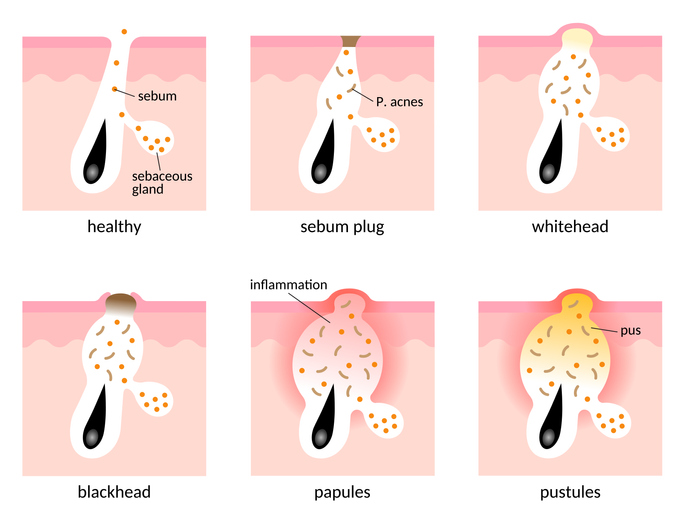
Clogged Pores: The Root Cause?
Clogged pores play a crucial role too. Our skin sheds thousands of dead cells each day; if not removed properly, these combine with oils on our face forming comedones – whiteheads or blackheads that worsen acne by causing more blockages and irritations.
The Emotional Effects of Acne
Last but not least are the emotional effects of acne which exacerbate the condition itself because stress triggers further breakouts. It’s truly a vicious cycle that demands comprehensive care.
Acne invites a bunch of uninvited guests to your emotional house party, like Mr. Low Self-esteem, Ms. Social Anxiety, and their buddy, Depression. They get rowdy and start making a ruckus—affecting your daily life, effecting your happiness. Fortunately, we have solutions!
The Role of Natural Skincare in Preventing Breakouts
Skincare is essential in order to avoid breakouts. Proper skin care keeps your pores clear and removes excess oil, two key factors that contribute to acne. Ever looked at your face in the mirror and thought, “Alright skin, it’s you and me against the world?” If you’re nodding along to this, amen! Know what? You’re not alone. With over 50 million Americans battling acne each year, we’re talking about a nationwide skin issue here.
Now, let’s be real for a moment. When acne pops up (literally), we all run towards the quick-fix solutions that promise “clear skin overnight”. Little do we know, many of these bad boys are loaded with harsh chemicals and toxins that can cause more harm than good. Turning to natural skincare products might seem like a granny’s tale, but these mild, earth-sourced goodies are often what your skin is secretly craving for!
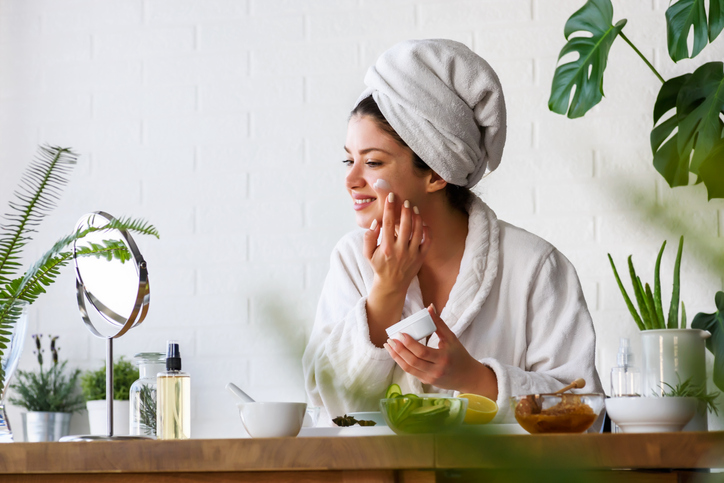
Avoiding natural skincare is indeed like being that person who doesn’t drink water and wonders why they’re always thirsty. Neglecting a skincare routine infused with all-natural ingredients can lead to long-term repercussions. When you flirt too much with the wrong products, you make your skin susceptible to premature aging, sensitivities, and unintended skin damage. And down the road, these can take a toll not just on your skin, but also on your overall self-confidence.
The Importance of Non-Comedogenic Products
Non-comedogenic products, like the cool kids at a skincare party, play a pivotal role in maintaining skin health, especially for individuals prone to acne. Non-comedogenic simply means that the product is formulated not to clog your pores—quite essential for everyone, right?
Pores clogged with oil, dead skin cells, or bacteria become dreaded breeding grounds for acne, blackheads, or whiteheads. The promise of non-comedogenic products lies in reducing the possibility of these unwelcome breakouts by keeping pores clear and your skin breathing freely. To prevent clogging pores, dermatologists recommend using non-comedogenic products. These are specifically designed not to block your pores – a leading cause of breakouts.
What’s more, non-comedogenic creams or lotions can be especially beneficial for those with oily or sensitive skin types. Because of their propensity to retain excess oil, these skin types require products that won’t exacerbate the problem, leading to acne or a shiny glow reminiscent of a frying pan.
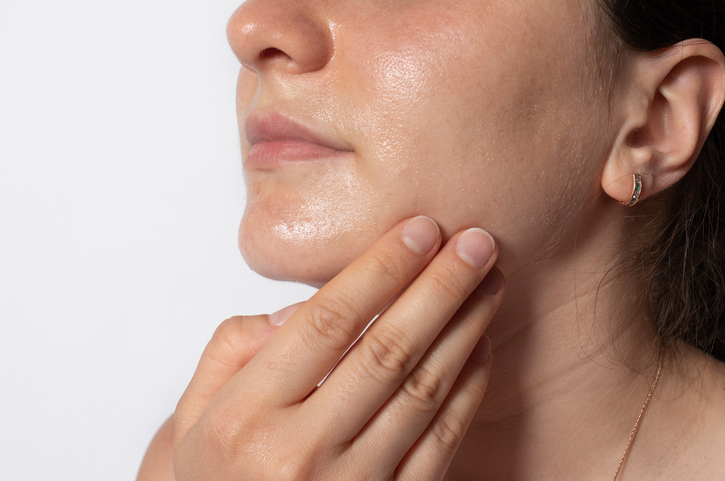
Yet, it’s important to remember that ‘non-comedogenic’ doesn’t guarantee zero breakouts. Everyone’s skin is different, and a product that works magic for some might still trigger acne in others. Therefore, it’s crucial to understand your skin type and then carefully select non-comedogenic skincare products that also cater to your skin’s unique needs—be it moisture, oil control, or sensitivity.
Many acne treatments contain harsh ingredients that can dry out the skin. But if you choose carefully, you can find effective skincare products which also nourish the skin.
Treating Existing Acne
If you already have breakouts, don’t worry. There’s plenty we can do about existing acne too. First off: resist touching those spots.
You should treat all areas prone to breakouts with medication like adapalene gel – not just current blemishes. And remember: scrubbing may irritate and make things worse.
Making Good Choices for Clear Skin
Making that jump to clear skin is not just about swiping a magic wand (aka aggressive spot treatments), but also about making mindful choices that put skin health first. Here’s how you can become a pro at it:
1. Food Matters: What you eat echoes on your skin. Embrace a diet rich in fruits, vegetables, lean proteins, and whole grains; helping to nourish your skin from within. Be extra mindful of refined sugars—it’s worse than that clingy ex, causing inflammation and contributing to acne breakouts.
2. Hydration Heaven: True, it isn’t some ‘break-the-internet’ kind of news, but drinking water is crucial for maintaining skin health. It aids in flushing out toxins, keeping your skin fresh, plump and glowing.
3. Non-Comedogenic is your Friend: Products labeled non-comedogenic are designed to not clog your pores—reducing the risk of blackheads, whiteheads, or acne. Especially useful for oily or acne-prone skin!
4. Sleep, Baby, Sleep!: Beauty sleep is a real deal. Quality snoozing time not only helps relieve stress but also allows your skin to restore and repair itself. No wonder they call it “beauty sleep”!
5. Don’t Skip Sunscreen: If there’s one skincare step not to miss— it’s sunscreen. It protects the skin from harmful UV rays, mitigates the risk of skin diseases, and prevents premature ageing.
Remember, real beauty is not about perfection—it’s about making good choices and taking small steps towards healthier skin. After all, your skin is a canvas reflecting your overall health. Invest in it with love, patience, and good habits.
Effective Ingredients for Treating Acne
When it comes to combating acne, the correct components can have a major impact. One such powerhouse is salicylic acid. This beta hydroxy acid works wonders by exfoliating dead skin cells and unclogging pores. Through exfoliation, it helps in removing dead skin cells, preventing pores clogging that subsequently leads to acne breakouts. While its anti-inflammatory properties aid in soothing the skin and reducing redness. Remember the chat about harsh products? This is one.
Benzoyl peroxide is another popular ingredient in many chemical based acne treatments. It tackles acne-causing bacteria, reducing inflammation and treating existing breakouts. However, exceeding the recommended usage, using it too often or for a longer time than advised, might cause your skin to be irritated.
The Benefits of Tea Tree Oil
Moving away from chemical compounds, tea tree oil stands as a natural alternative with potent anti-inflammatory properties. Known to reduce swelling and redness associated with pimples, this essential oil can be quite effective.
Aloe vera isn’t just for sunburns. Its soothing effect on irritated skin makes it an excellent choice for helping calm down inflamed spots while green tea extract serves as a great antioxidant that aids in controlling sebum production.
If you haven’t seen any progress after a month and a half of utilizing these items independently, don’t worry. Combining them might do the trick. Adding a second product targeting different causes of acne could prove beneficial according to recent studies on skincare routines.
The Power of Restore Vitamin C Serum
Acne, meet your match: Restore Vitamin C Serum. This serum is a revolution for those with acne-prone skin. It harnesses the antioxidant properties of vitamin C to combat inflammation and redness.
Incorporating Restore Vitamin C Serum into Skincare Routine
Let’s discuss how to incorporate this potent serum into your daily skincare regimen. Start by washing your face with a gentle cleanser to remove excess oil – remember, overdoing it could irritate the skin and make breakouts worse.
You then want to apply a thin layer of the Restore Vitamin C Serum all over your face. The magic happens when its potent ingredients get to work reducing inflammation and brightening up dull spots caused by previous breakouts.
The catch? Consistency. Switching between different acne products every few days can irritate the skin, making things worse rather than better. But if you stick with what works (like our Restore Vitamin C), improvement will show – typically within 4-6 weeks.
To top off this power-packed routine, don’t forget moisturizer suitable for acne-prone skin. It’s crucial in maintaining hydration without clogging pores or increasing oil production.
Important Takeaway:
Remember it takes time – about 4-6 weeks – for any noticeable improvement after starting an acne treatment targeting specific causes like these.
Lifestyle Changes to Prevent Breakouts
Acne can be a real downer, but you’re not helpless. Certain lifestyle tweaks can help keep your skin clear and acne-free.
The sun might feel great on your face, but excessive exposure could worsen breakouts. Using tanning beds? Kick the habit. They may lead to premature aging and increase skin cancer risk.
Avoiding Touchy Situations
We’ve all been there – spotting a pimple and wanting to pop it. But resist touching or picking at your skin; it only spreads bacteria leading to more breakouts.
Caring for Your Hair and Scalp
Your hair routine plays a role too in preventing acne. Oily hair products might clog pores around your forehead causing ‘forehead acne’. So, switch out those greasy products for lighter ones that won’t weigh down on your skin’s happiness.
Tackling Stress Head-On
Ever notice how pimples seem attracted to stressful situations? That’s because stress hormones stimulate oil production creating an ideal breeding ground for acne-causing bacteria. Practice self-care steps like regular exercise or mindfulness techniques such as yoga or meditation which are known ways of managing stress levels effectively.
FAQs in Relation to How to Clear Breakouts
Cleaning your skin gently, applying acne medication to the whole area and not just individual pimples, and using oil-free makeup can speed up recovery.
Sudden breakouts can be triggered by stress, hormonal changes or introducing new skincare products. Sometimes it’s an internal issue that needs medical advice.
Eating a balanced diet, staying hydrated, getting enough sleep and managing stress are natural ways to reduce breakouts. Using tea tree oil might also help soothe your skin.

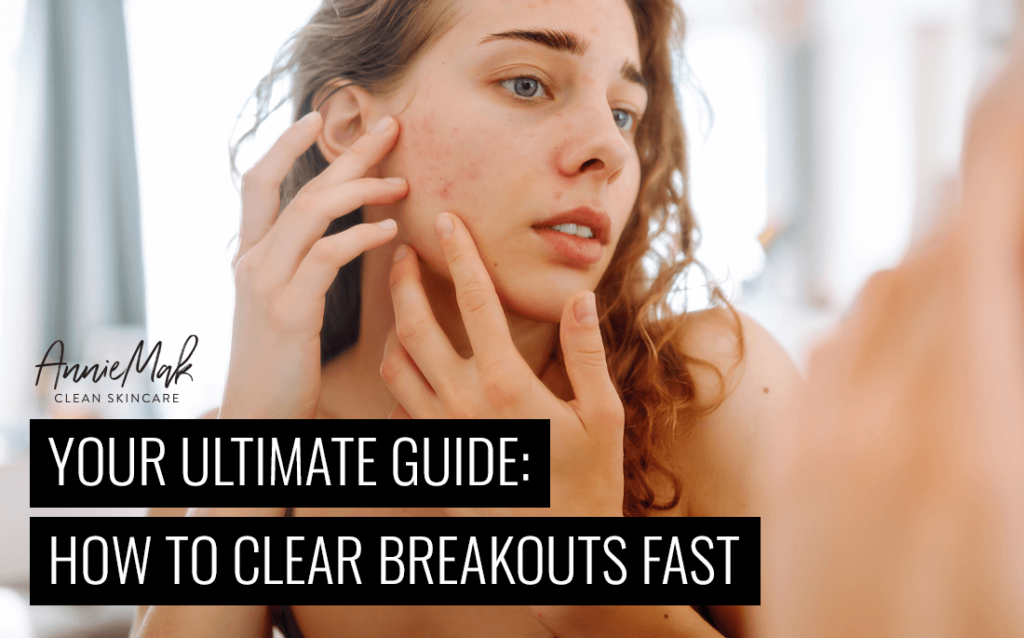




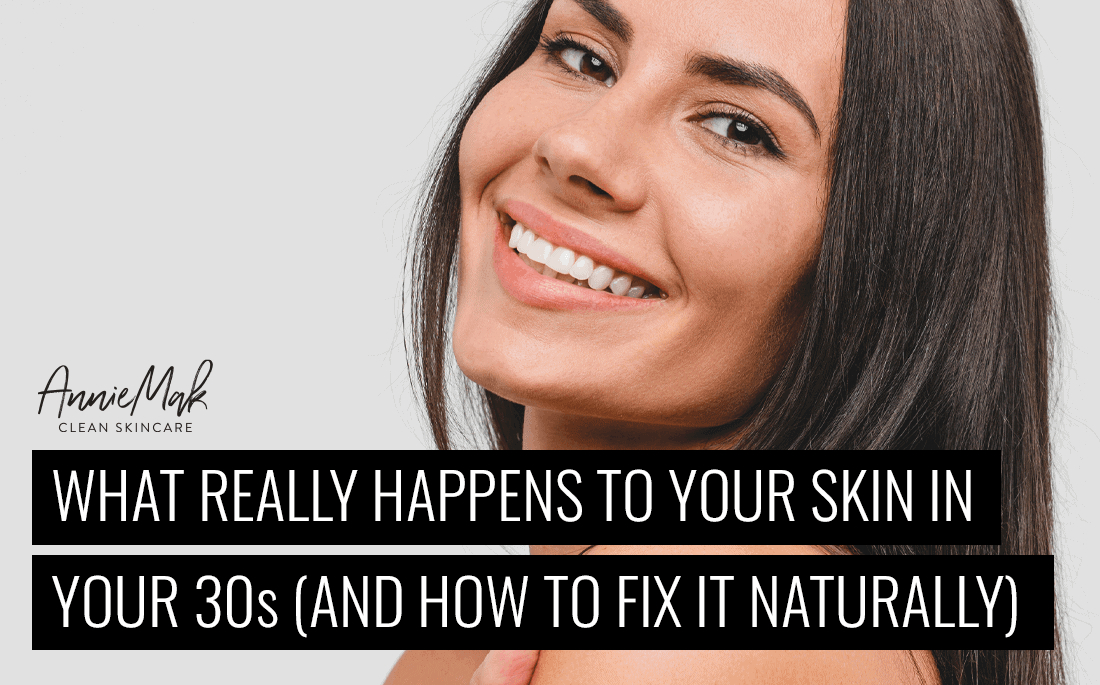
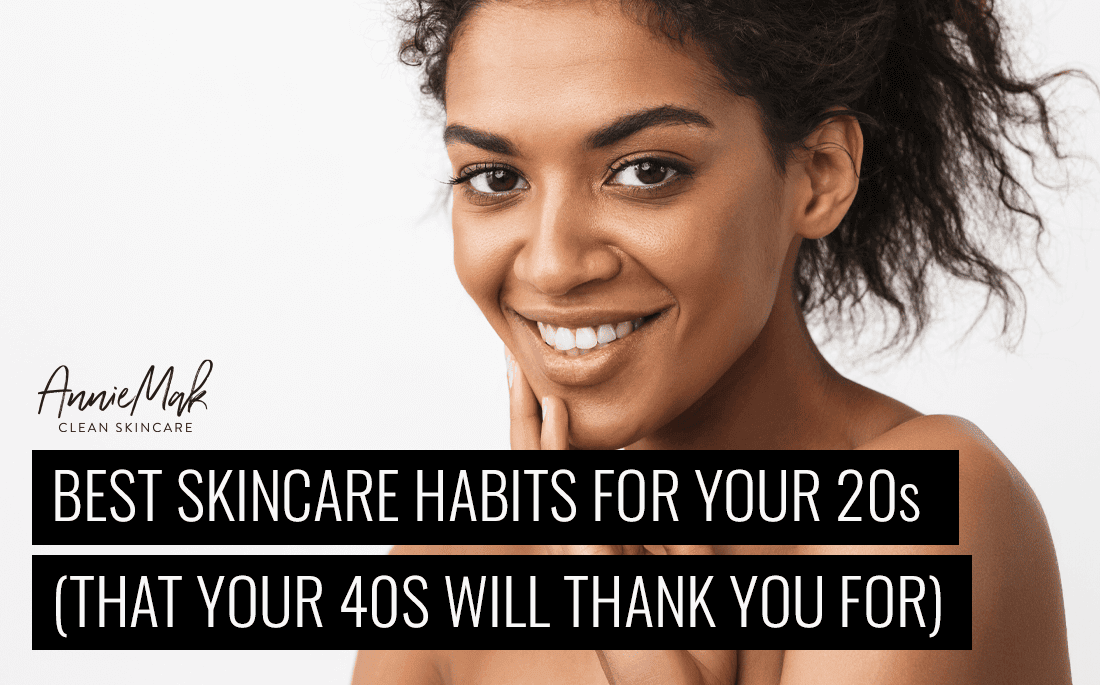
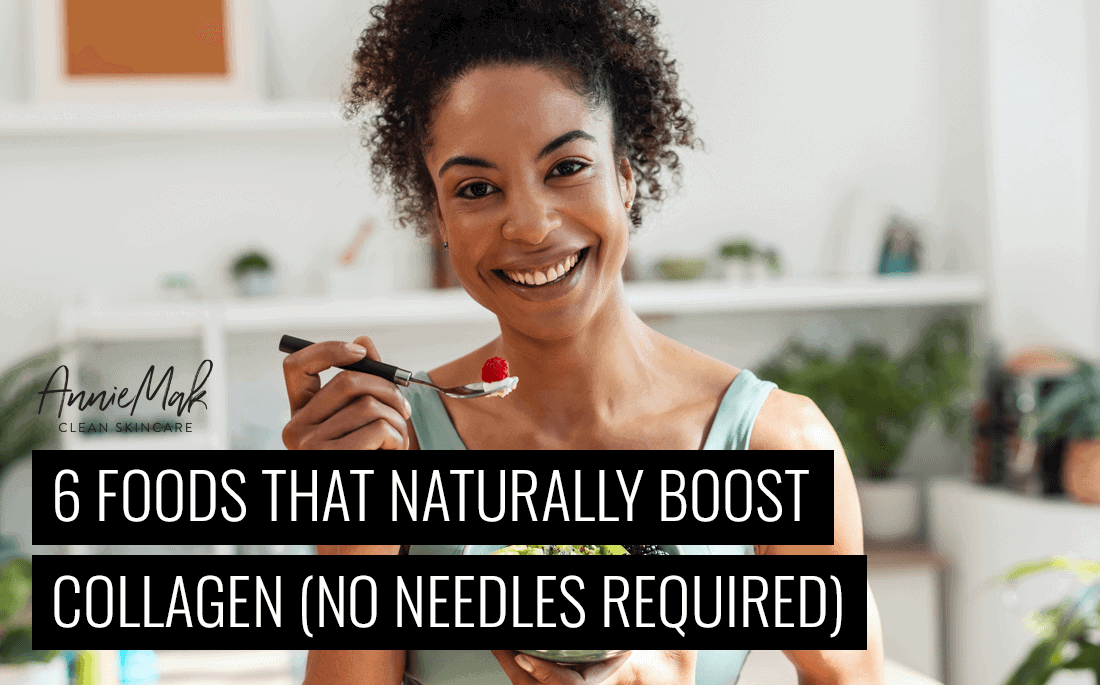
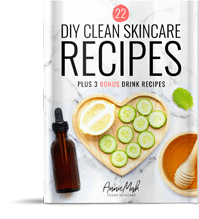
Leave a Reply